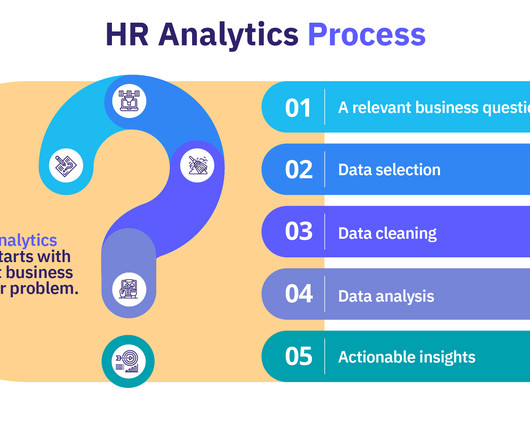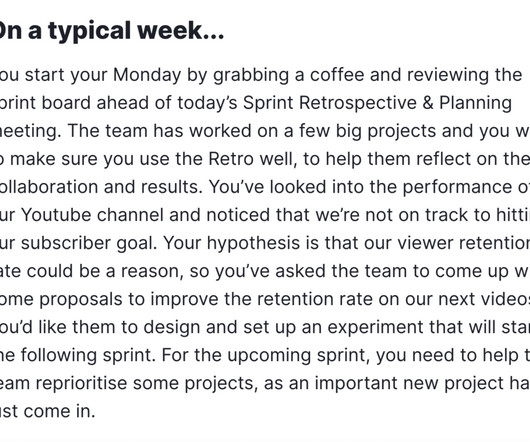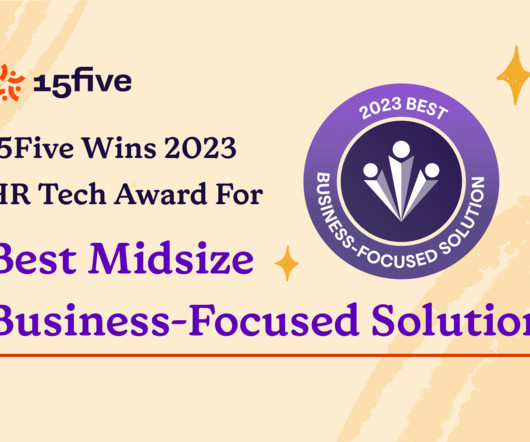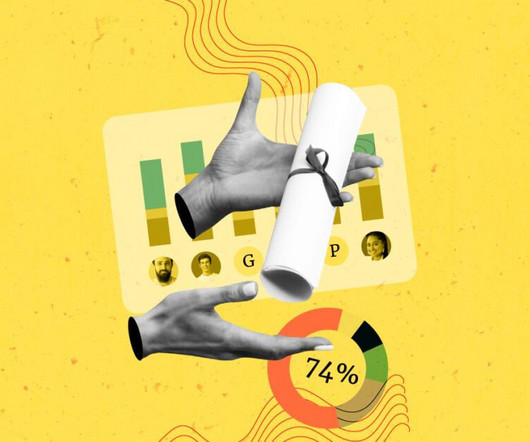HR KPIs: Guide, 20 Examples & Free Template
AIHR
DECEMBER 5, 2024
HR KPI examples HR KPIs vs metrics Characteristics of good HR KPIs Leading vs. lagging KPIs HR KPIs case study HR KPI template HR KPI best practices FAQ What are HR KPIs? For example, if you have to cut costs in your learning and development budget while also trying to stimulate innovation, it creates a strategic challenge.























































Let's personalize your content